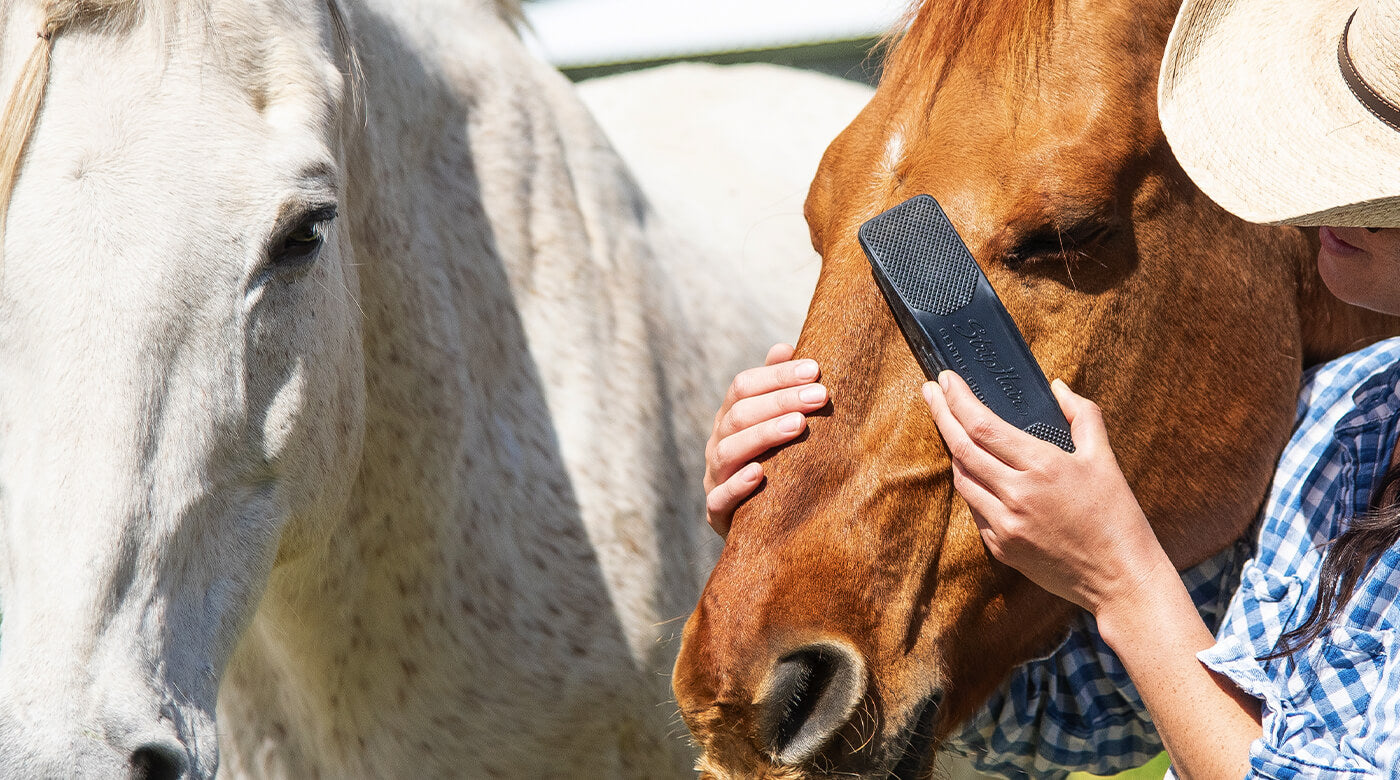Clipping a horse is an essential skill for every horse owner and equestrian enthusiast. It is important to ensure that your horse is comfortable, looks neat, and stays healthy.
With the right approach and tools, learning how to clip a horse can be a smooth and satisfying experience. This guide will walk you through everything you need to know about horse clipping, including techniques, tips, and advice on best practices.

1. Understanding the Importance of Clipping
Clipping is more than just a cosmetic practice for horses. Proper clipping helps in managing your horse’s hair during varying seasons, especially in winter when their coats grow thicker.
A. Health Benefits
Regular clipping prevents overheating, reduces sweat during exercise, and allows for better hygiene and skin care. This helps in keeping your horse healthy and prevents skin infections.
B. Visual Appeal
Not only does clipping enhance the neat appearance of your horse, but it also makes grooming easier and faster.
2. When to Clip Your Horse
The timing of when to clip a horse depends largely on the climate and the horse’s workload. The typical times for clipping are in the autumn and before competitions.
A. Seasonal Considerations
Clipping before winter can prevent overheating in hard-working horses and make drying them off easier after exercise. Make sure to consider your local climate conditions and your horse’s needs.
B. Competition Schedule
If you’re actively competing, you might need to clip your horse more frequently to maintain a sleek and professional appearance.
3. Tools Required for Clipping
Having the right tools is crucial. Good quality clippers, coolants, clippers oil, and various blades for different clipping styles are essential. Always check the equipment quality and safety before use.
4. Preparing Your Horse
An important step in how to clip a horse involves preparation. A clean and dry coat ensures a smooth clipping process and prevents equipment from getting clogged with dirt or debris.
A. Grooming Your Horse
Start by bathing your horse to remove dirt. This makes clipping easier and helps keep your equipment in good condition. For more grooming tips, visit groom tips.
5. Different Clipping Styles
There are various clipping styles such as trace clips, blanket clips, hunter clips, and full-body clips. Your choice should depend on the weather, the horse’s workload, and personal preference.
6. Step-by-Step Clipping Process
Guidance on starting with larger areas before tackling the more sensitive spots like the legs and face. Use smooth, steady strokes and regularly check the clipper blades’ temperature to prevent discomfort.
A. Clipping Techniques
No matter what technique you choose, always move in the direction of the hair growth for the best results.
7. Safety Precautions
Safety is vital when clipping a horse. Proper sedation may be necessary for anxious or young horses to keep both you and the horse safe during the process.
A. Handling Unexpected Situations
Knowing how to handle unexpected movements effectively reduces accidents. Having a helper can make the process easier.
8. Caring for Equipment
Proper maintenance of clipping equipment is necessary. Regularly oil the blades and keep the clippers clean by removing hair from crevices post-use.
A. Storage and Maintenance
Store your equipment in a dry and cool place to keep it in good working condition for longer. Consider finding out more about horse care essentials.
9. Aftercare for Your Horse
It’s vital to care for your horse post-clipping. Use a warm blanket to prevent any chill and monitor any potential skin reactions.
10. Troubleshooting Common Issues
Common clipping issues include uneven clipping or clipper burn. Solving these requires experience and practice, but following expert advice helps mitigate issues.
A. Preventing and Managing Burns
This involves regular cooling of the blades and using correct clipping techniques.
11. Pros and Cons of Clipping
Weighing the advantages and disadvantages helps in deciding whether to clip your horse. Proactive management of temperature and appearance must be balanced against the potential stress for the horse.
12. Insights and Lessons from Experts
Learning from professional equestrians provides insights that are not always apparent to novice horse owners.
13. Conclusion
Knowing how to clip a horse successfully improves both you and your horse’s experience. Successful clipping can be achieved using the right tools, preparation, and caring methods.

14. FAQ Section
1. Can you clip a horse yourself?
Yes, with practice and the right tools, you can clip your horse yourself. Just ensure you have the proper guidance and tips.
2. How soon before an event should I clip my horse?
It’s best to clip your horse about a week before an event to allow the coat to settle and any clip lines to fade.
3. What if my horse gets anxious during clipping?
Use calming techniques or consult a veterinarian for sedation options. Practicing in a safe, quiet environment can also help.